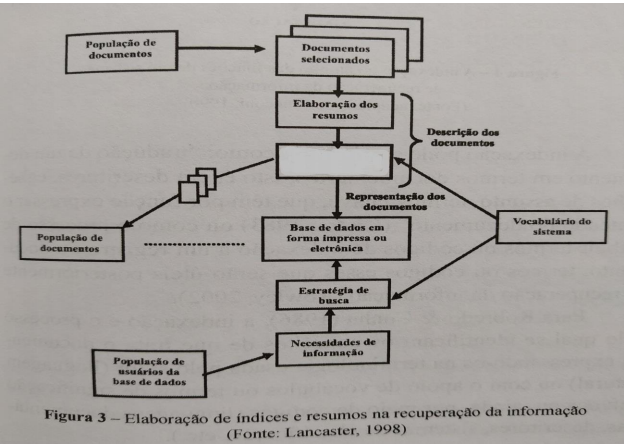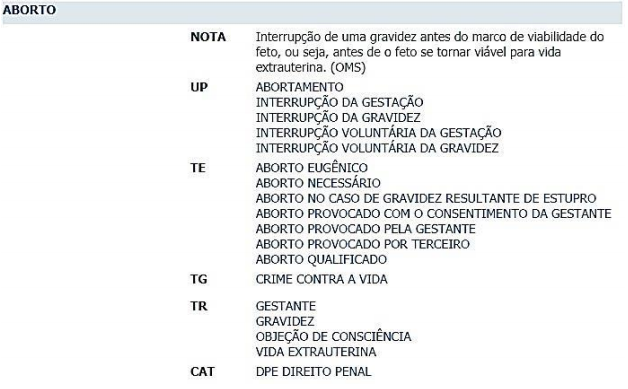Questões de Concurso
Comentadas para consultor legislativo
Foram encontradas 1.900 questões
Resolva questões gratuitamente!
Junte-se a mais de 4 milhões de concurseiros!
Um jovem tem apenas duas escolhas: entrar para o crime organizado ou cursar o ensino médio. Considere que “w” é o ganho a ser obtido com atividades criminosas, “p” é a probabilidade de ser preso e “c” é o custo pecuniário com o ensino médio (livros, transporte e mensalidade).
Assim, o custo de oportunidade de cursar o ensino médio é igual a
Observe a figura abaixo e assinale a opção CORRETA para o quadro em branco.

I – Elemento formal II – Elemento informal
(A) Ausência de interação direta (B) Informação recente (C) Audiência restrita (D) Disseminação uniforme (E) Informação armazenada de forma recuperável
Assinale a opção CORRETA entre os agrupamentos:
I - A ementa legislativa segue os princípios norteadores da elaboração de resumo, principalmente os relativos à clareza e à concisão, de modo a garantir a máxima informatividade com a menor extensão textual. II - A ementa legislativa localiza-se no início do ato normativo, antes da epígrafe. III - Como verdadeiro resumo informativo, a ementa legislativa atua como ponto de acesso à informação. IV - Os requisitos de uma ementa legislativa são: afirmação, proposição, correção, coerência, seletividade e independência. V - A ementa legislativa possui a mesma estrutura da ementa jurisprudencial.
Observe o sumário abaixo extraído da Classificação Decimal de Dewey:
300 Ciências Sociais
350 Administração Pública e Ciência Militar
355 Ciência Militar
Conforme a estrutura da CDD, as notações acima representam, respectivamente:
150 Psicologia 150.1-.9 Subdivisões comuns e sistemas, escolas, pontos de vista 152 Percepção sensorial, movimento, emoções, impulsos fisiológicos 153 Processos mentais conscientes e inteligência 154 Subconsciente
--01 Filosofia e teoria --02 Miscelânea --03 Dicionários, enciclopédias --04 Temas especiais --05 Periódicos --06 Organização e gerência
I - Se uma única indicação de responsabilidade menciona até três pessoas ou entidades exercendo a mesma função, ou com o mesmo grau de responsabilidade, registre todas e seus nomes são separados por vírgula; II - Se uma única indicação de responsabilidade indicar mais de três pessoas ou entidades, registre a primeira de cada grupo de pessoas ou entidades, seguida de espaço, reticência (...), espaço e a abreviatura latina et al; III - Palavras que indicam a função ou o tipo de participação da(s) pessoa(s) ou entidade(s) mencionada(s) na indicação de responsabilidade são conservadas; IV - Transcreva diferentes tipos de responsabilidade na ordem indicada por sua sequência ou seu leiaute na fonte principal de informação.
Cada indicação subsequente de responsabilidade é precedida de ponto e vírgula. Assinale a opção CORRETA.

TESAURO DA JUSTIÇA FEDERAL